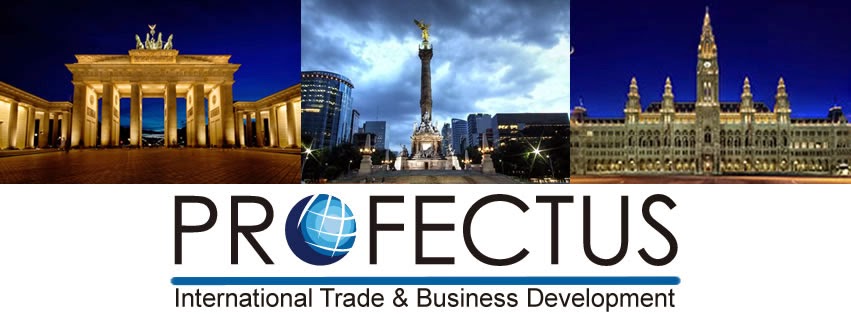Going back to the Pacific Alliance topic, today ended the IX Summit of
this organization in Punta de Mita (Mexico). During the three days of the
summit Chile, Colombia, Mexico and Peru signed a cooperation agreement with
OECD for the development of SMEs, welcomed Belgium and Trinidad and Tobago as
Observer Countries and signed the Declaration of Punta de Mita, where are
specified the achievements and new goals of the Alliance.
Today, before the closing of the summit, the President of Mexico Enrique
Peña Nieto received from Colombia the Pro Tempore Chairmanship of the Pacific
Alliance for a period of one year. Peña Nieto said, that during the time of the
Mexican chairmanship the most important topics will be to strengthen the
security for the free movement of people, to facilitate exchange programs for
students, to integrate the Mexican stock exchange to the Latin American
integrated market and to increase the cooperation with international
organizations and third countries.
How is structured the Pacific
Alliance?
Every year, one of the presidents of the member countries – in
alphabetical order – takes on the Pro Tempore Chairmanship of the Pacific
Alliance, who is in charge of the organization of the summits.
The highest instance of decision-making is the Presidential Summit,
since the presidents of the member countries have the ultimate decision.
Nevertheless, the main body is the Council of Ministers, which is composed of
the Ministers of Foreign Trade and Foreign Affairs of the countries; among has
among its powers to define the functions of the Pro Tempore Chairmanship and
the High Level Group, to meet the objectives in the Framework Agreement, to
evaluate results, to approve the programs of activities, to define the
political guidelines in relation to third States and to call the High Level
Group.
The High Level Group is composed of the Vice-Ministers of Foreign Trade
and Foreign Affairs; it is responsible for overseeing the progress of technical
groups, assessing and preparing proposals for future partnerships. Finally, the
technical groups are composed of civil servants from the member countries; they
negotiate 14 specific topics of interest for the Alliance.
Thank you for reading, you are
also welcome to visit our web page www.profectus.mx






